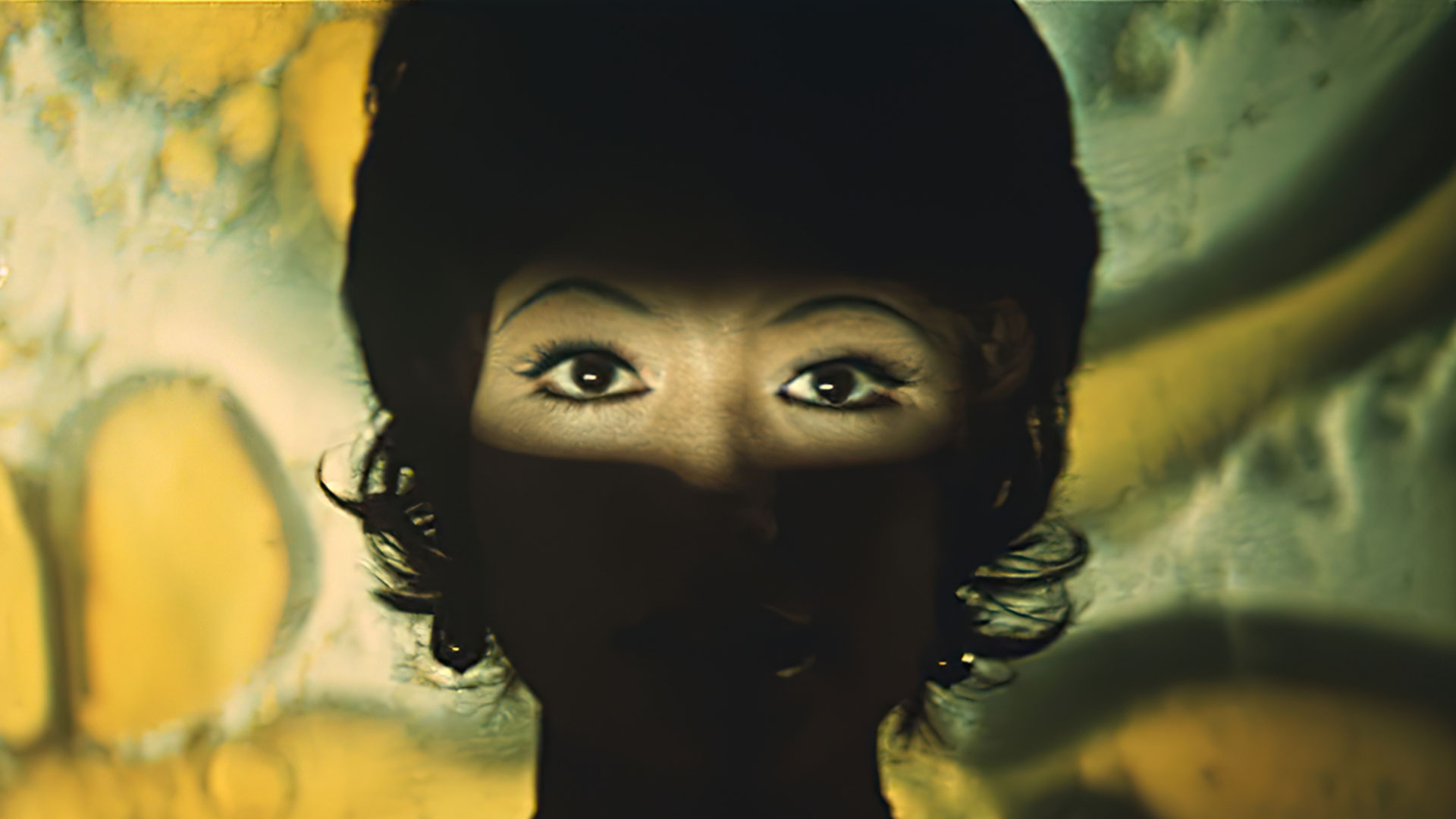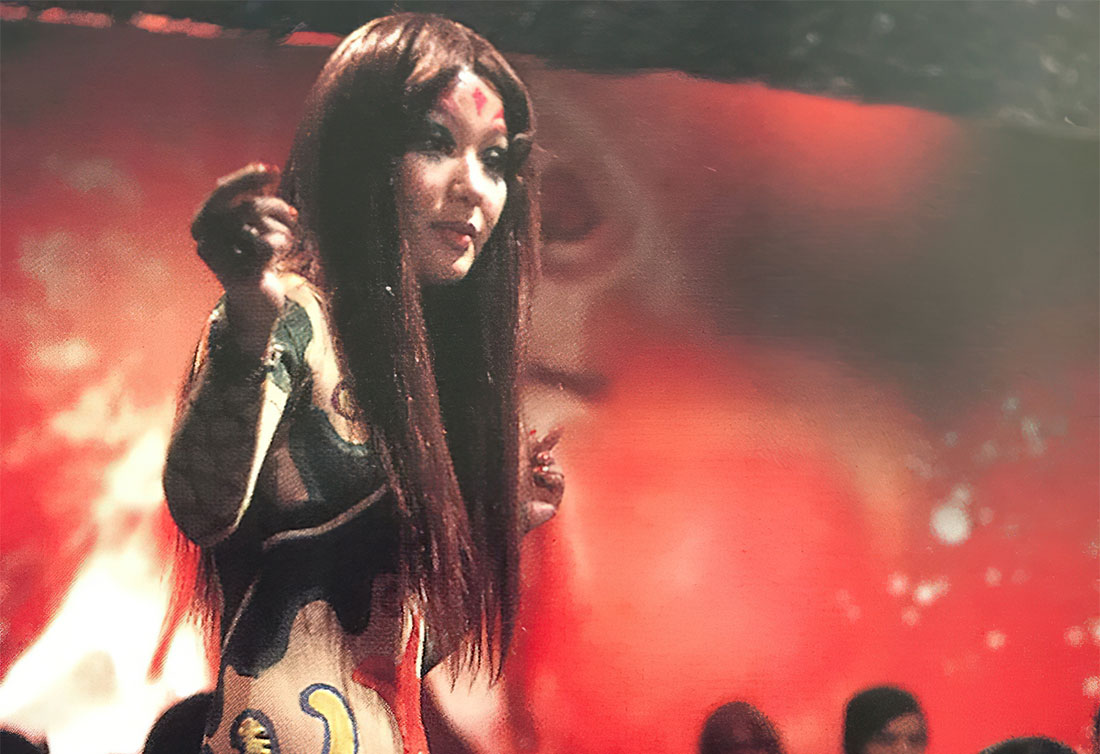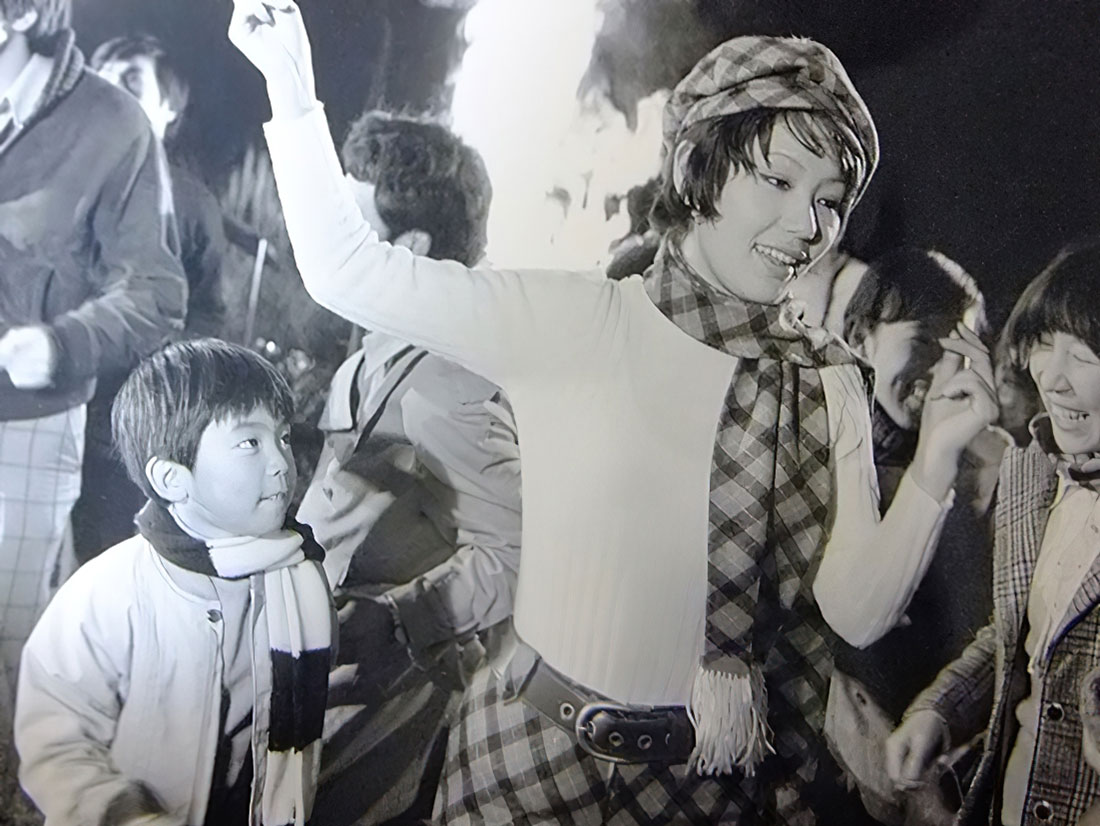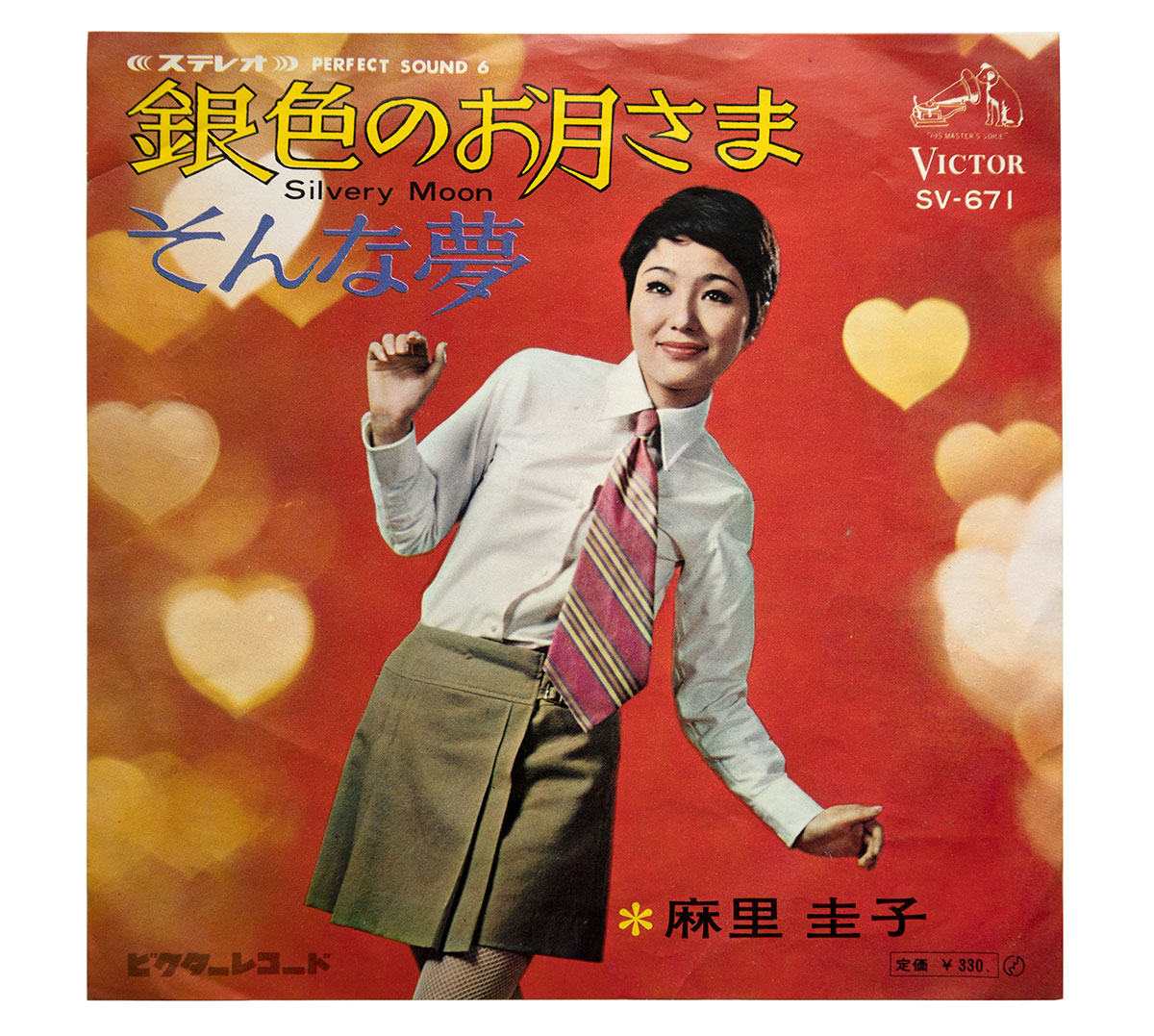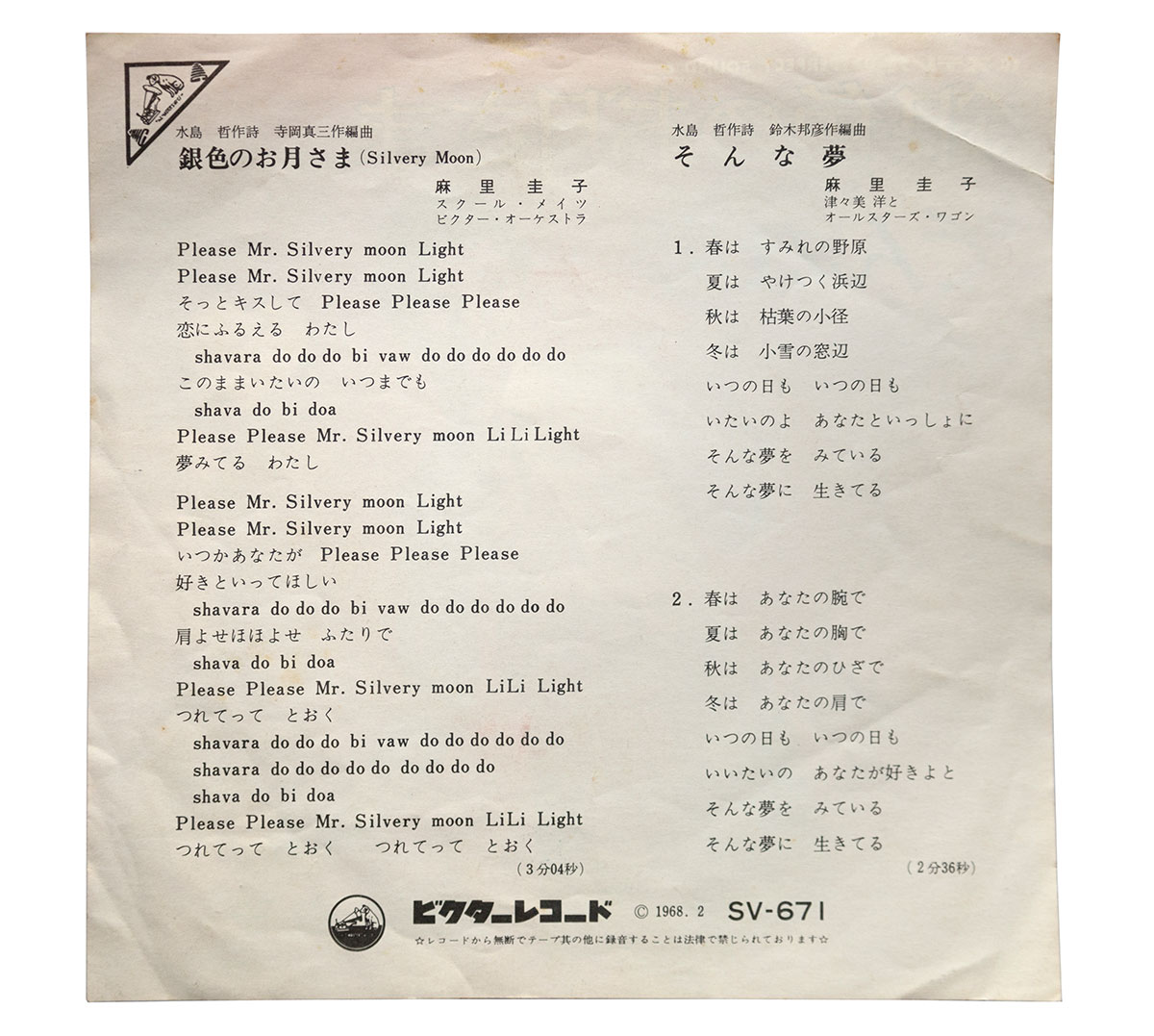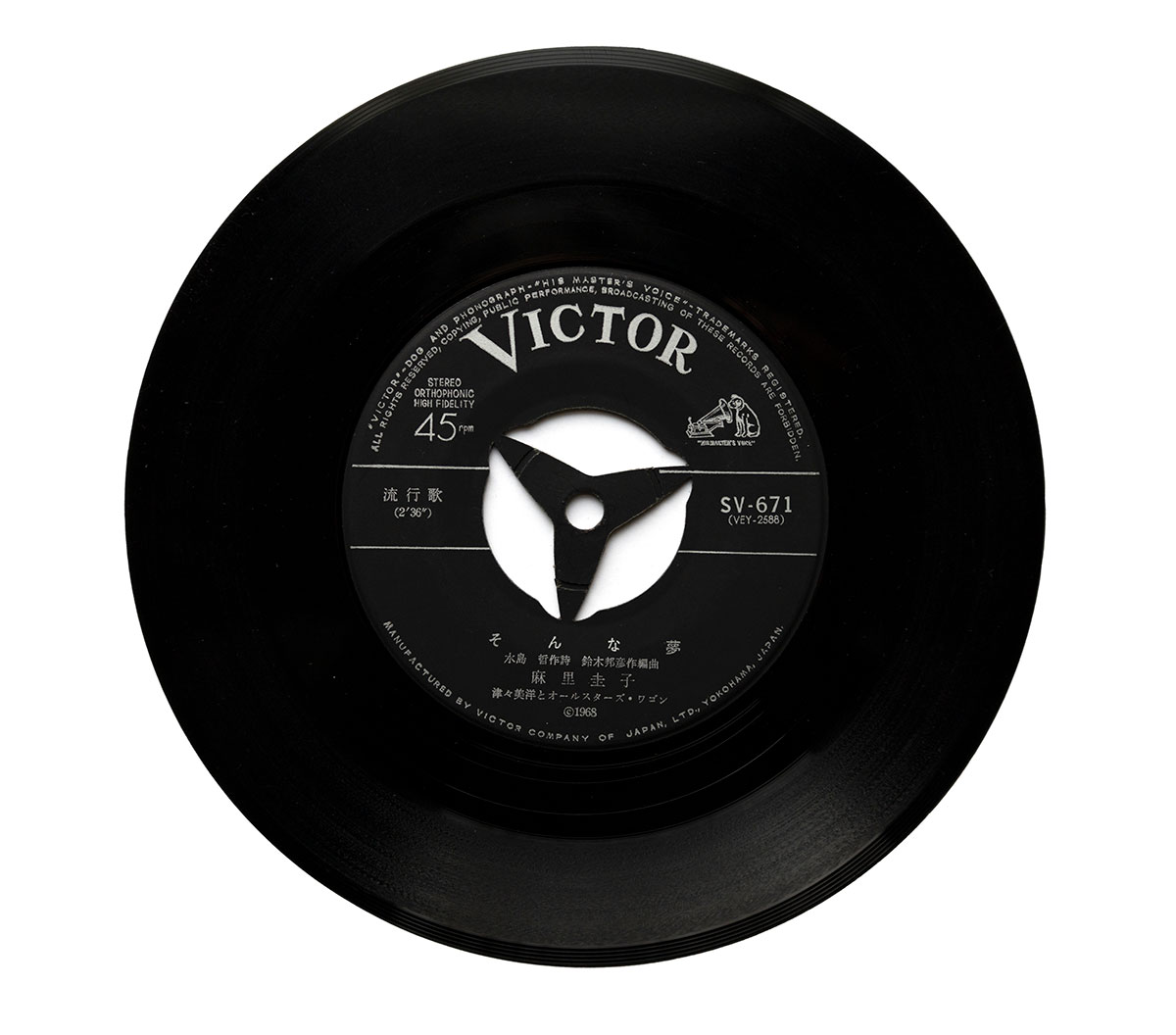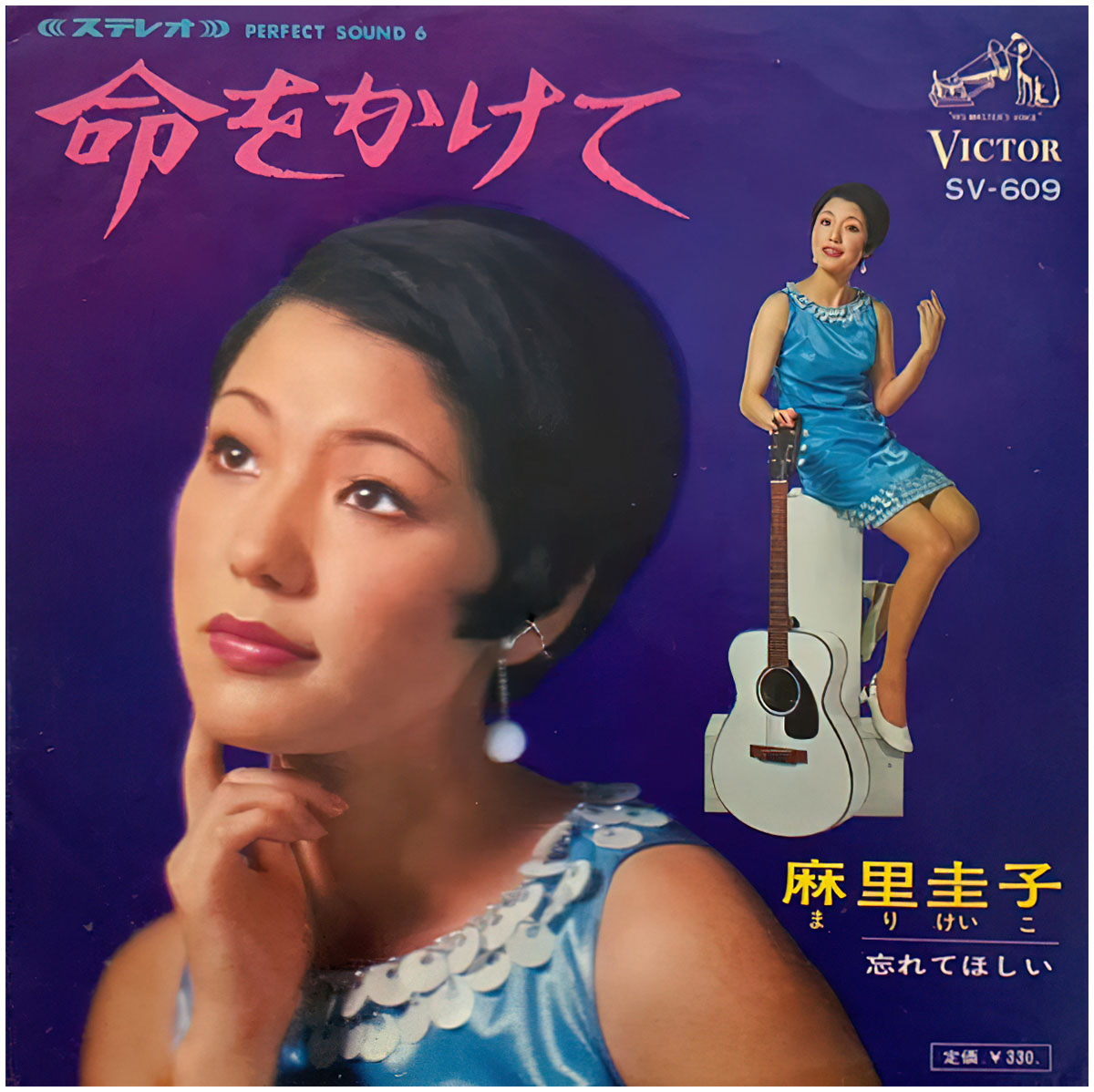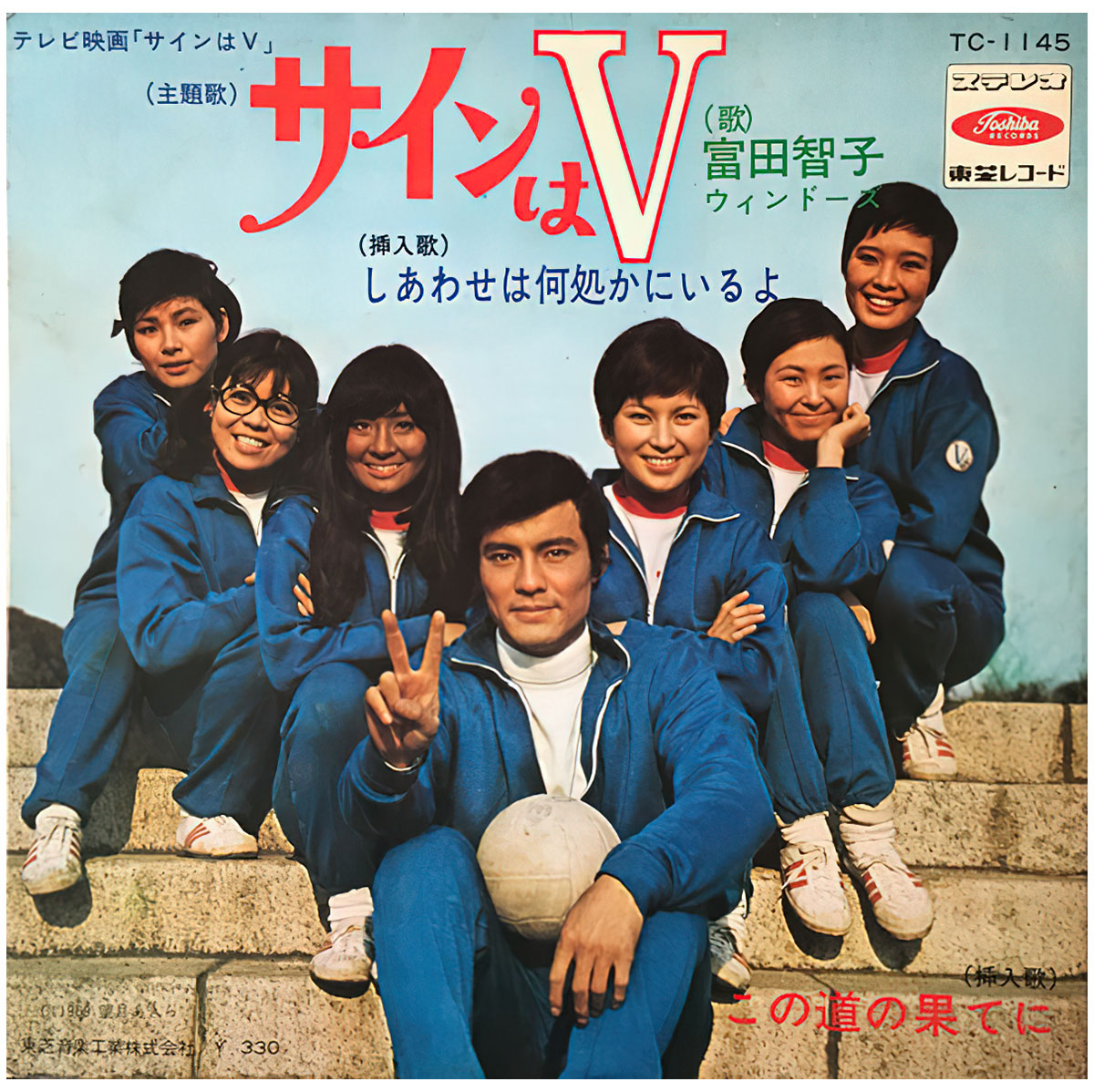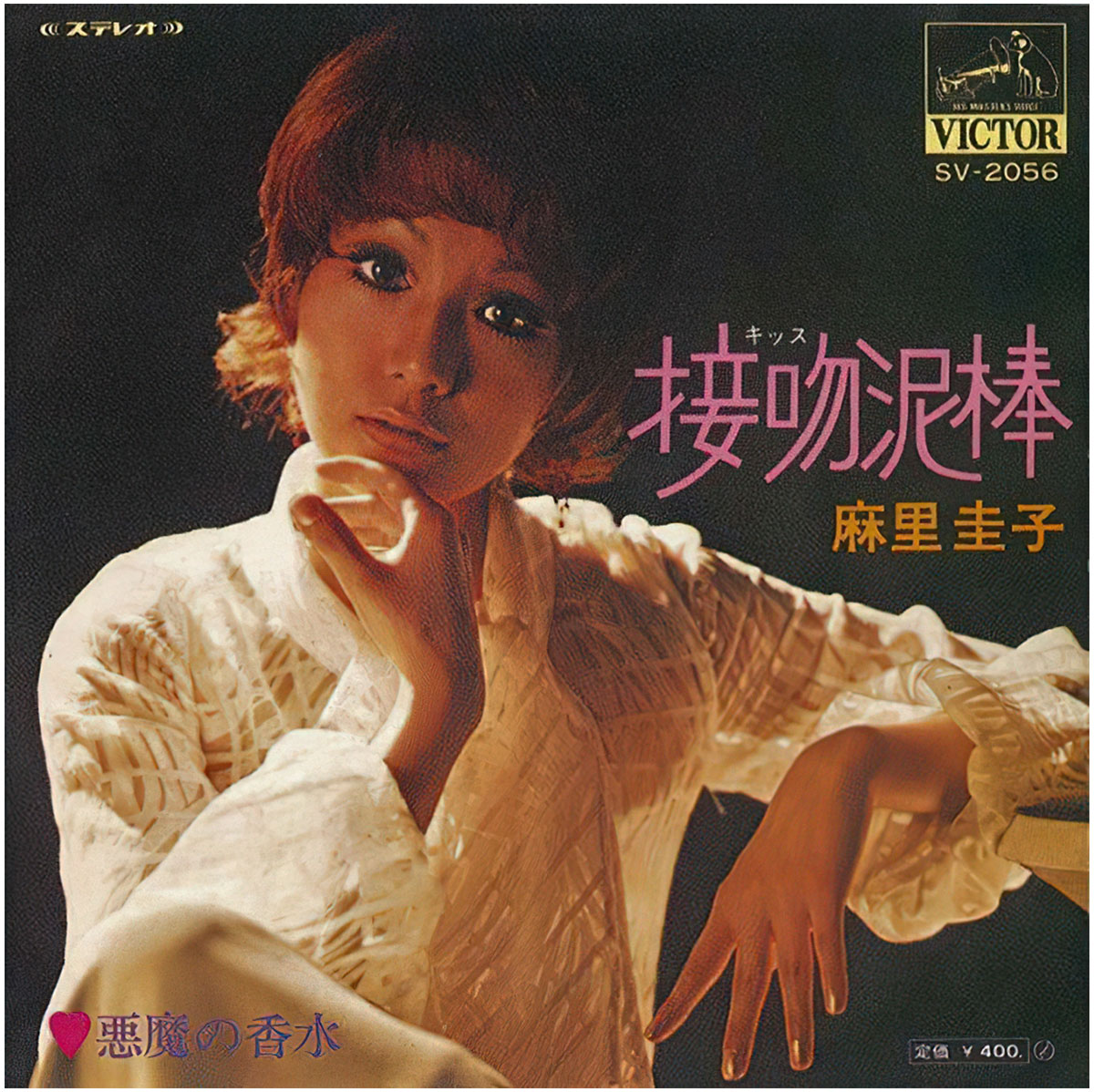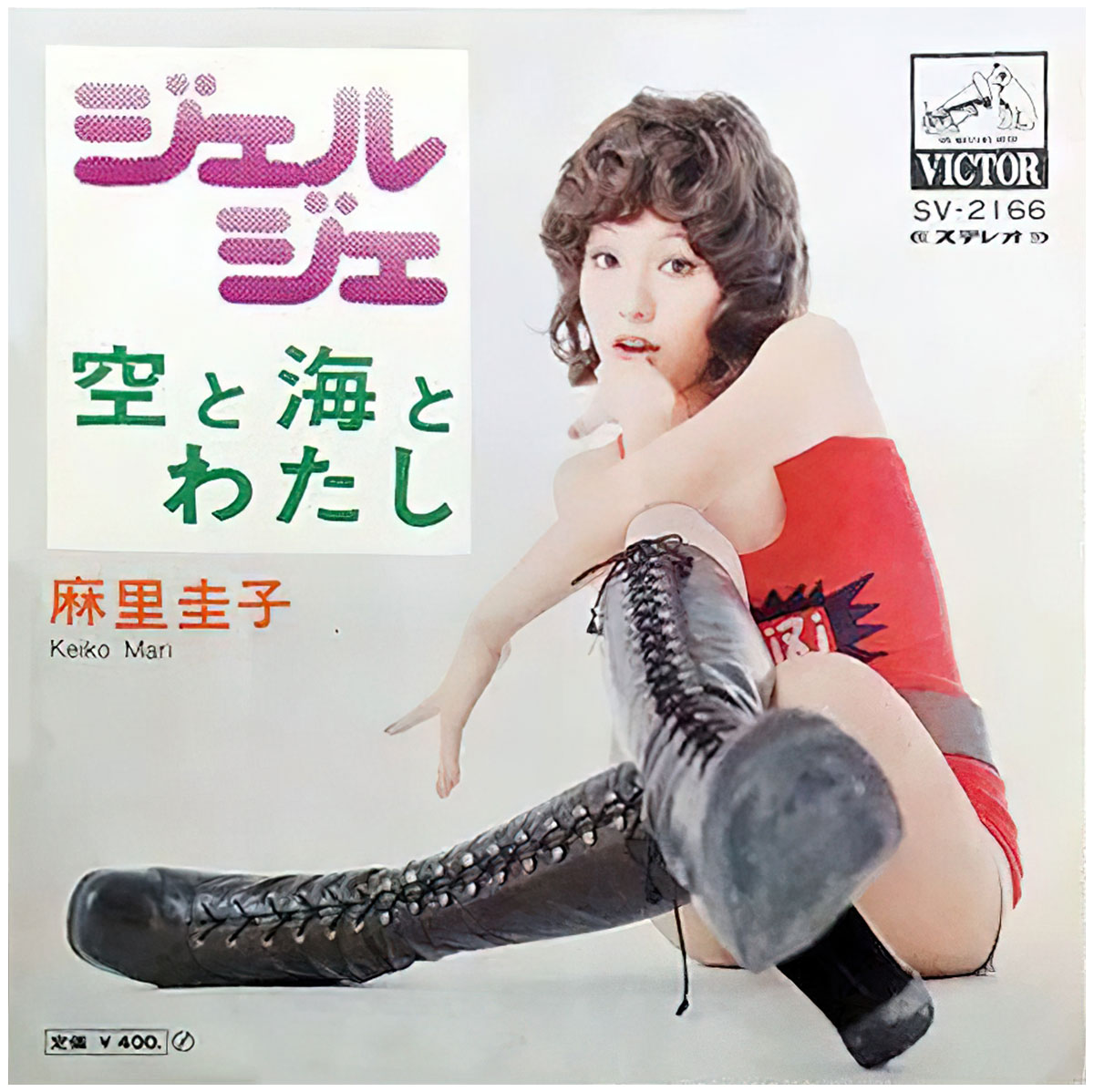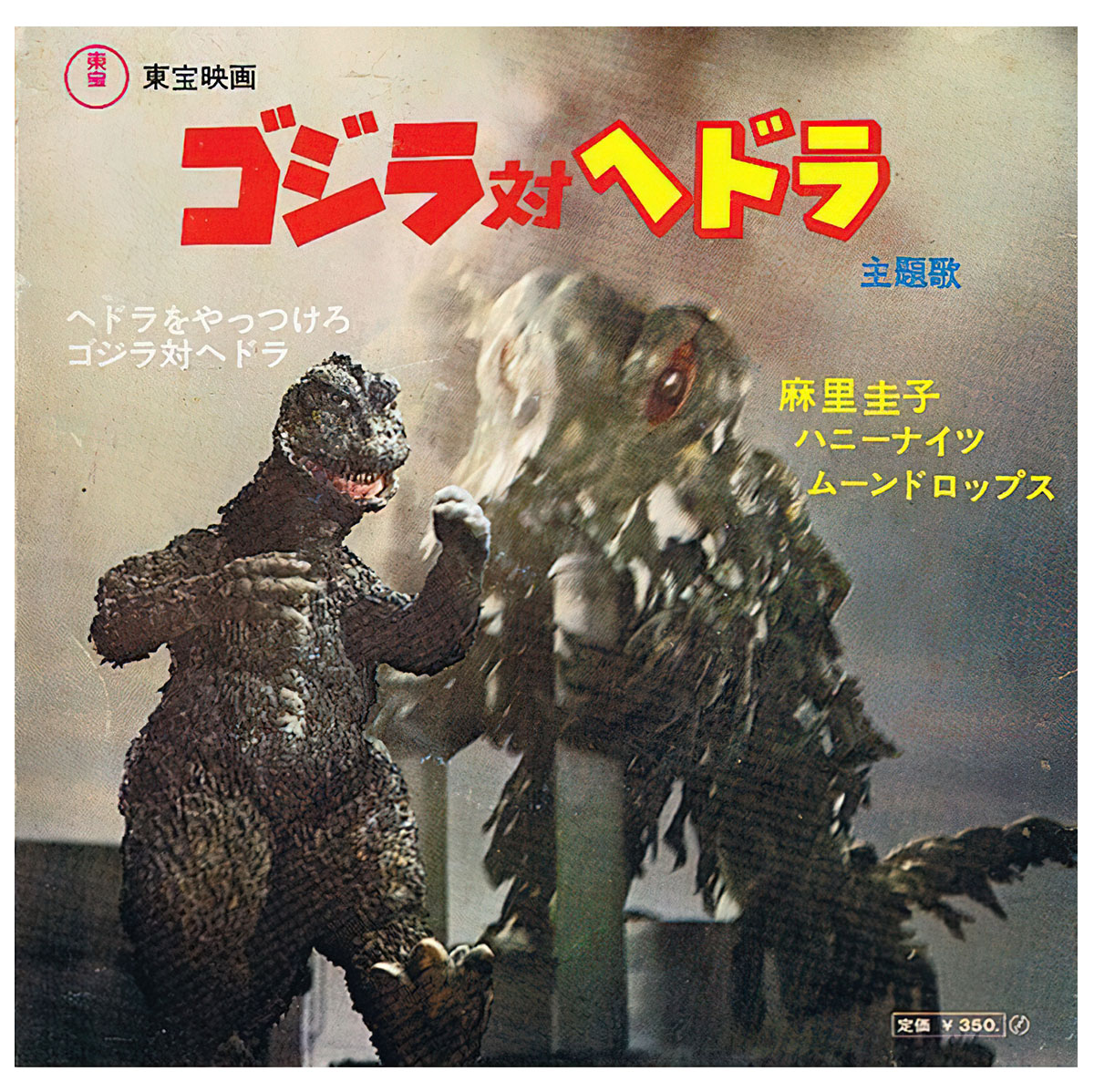1.14.2022 (updated 1.15.2022)
Growing up in late 70s, one mention of the Smog Monster to my friends would trigger a chorus of voices singing “Save the Earth!” Godzilla vs The Smog Monster (1972) was a regular Saturday afternoon Godzilla rerun and albeit strange, was a fan favorite. Its opening sequence is unforgettable featuring the young and beautiful Ms Keiko Mari (麻里圭子) performing the film’s theme song. Keiko was more than a talented singer but also the film’s lead actress playing the role of the heroine and nightclub performer Miki Fujinomiya (富士宮 ミキ). However, in the U.S. release, her performance was dubbed over with the voice of singer and song writer Adryan Russ performing the English “Save the Earth,” an adaptation inspired by the Japanese original and co-written with Guy Hemric. Her opening song makes the film unique in the history of Godzilla. It was as popular as the film among Godzilla fans and even my childhood friends who parroted its lyrics in play.
